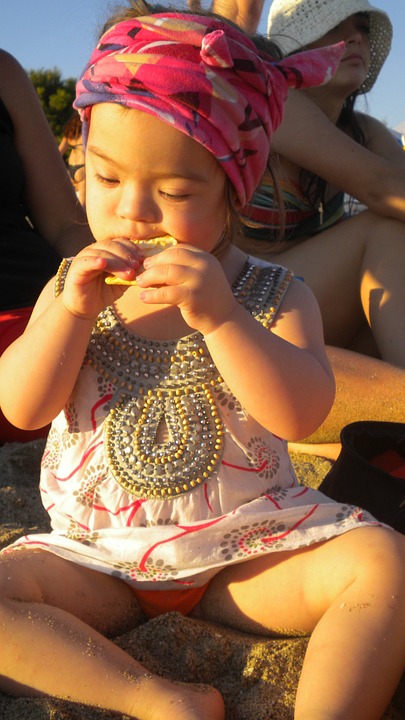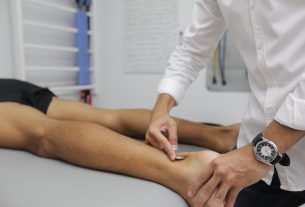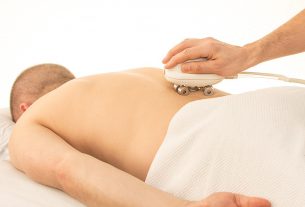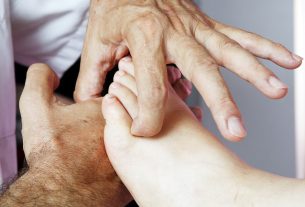Parents of a child with Down syndrome have their hands full just trying to get used to their child’s condition. What could get them more dubious is when someone suggests that their child should have a physical therapist. Why physical therapy? Won’t he learn to walk and run, just like other children do?
Down syndrome and physical therapy may be an odd pair yet the parent should realize the inherent benefits that physical therapy could offer. First of all, the arrangement of Down syndrome and physical therapy offers the child one of the most important services he will receive in the early intervention period. It is during this early phase that the Down syndrome and physical therapy match will have the greatest chemistry to improve the child’s condition in the future.
Although the limitation of having a child with Down syndrome and physical therapy as his early treatment is apparently that it does not accelerate the rate at which the child achieves his total motor skill, physical therapy still helps the child in avoiding his development of abnormal compensatory movement patterns. A child having a Down syndrome and physical therapy deficit are nearly certain that they will develop the following compensatory movement patterns: standing and walking with hips in external rotation, knees stiff, feet flat and turned out, sitting with trunk rounded and pelvis tilted back, and standing with a stomach out and back arched, in a more pronounced, difficult, and precarious way.
While it is true that your child is going to learn how to walk eventually and that what is only takes is for you wait more patiently, it would still be more worthwhile if you avoid making that wait wasted. Physical therapy during this development stage is so powerful in preventing impending orthopedic problems in your child once he reaches his adolescence and adulthood. Otherwise, his physical functioning will have the tendency to be impaired later in life. Physical therapy can help a child with Down syndrome by proactively teaching him some optimal movement patterns to developed strength in particular muscles.
And aside from eliminating the compensatory movement patterns that the child with Down syndrome is prone to, physical therapy can also help the child in attaining mastery of his total motor development. His total motor development – rolling over, sitting, crawling and walking are the first challenges he will meet in life. Hence this will also be his first area of strength. Once the both of you have learned how to walk, your team will advance to refining the pattern, ultimately allowing you to access community recreation programs like ‘Gymboree’, dance, gymnastics, or any other program that you both would enjoy in.





